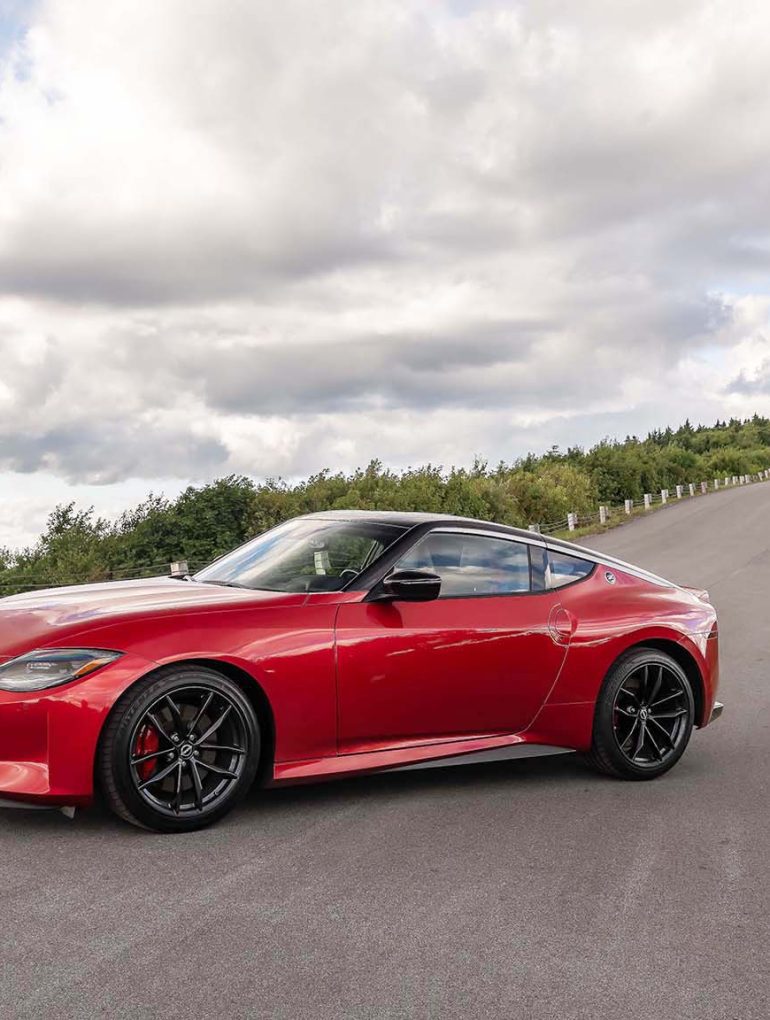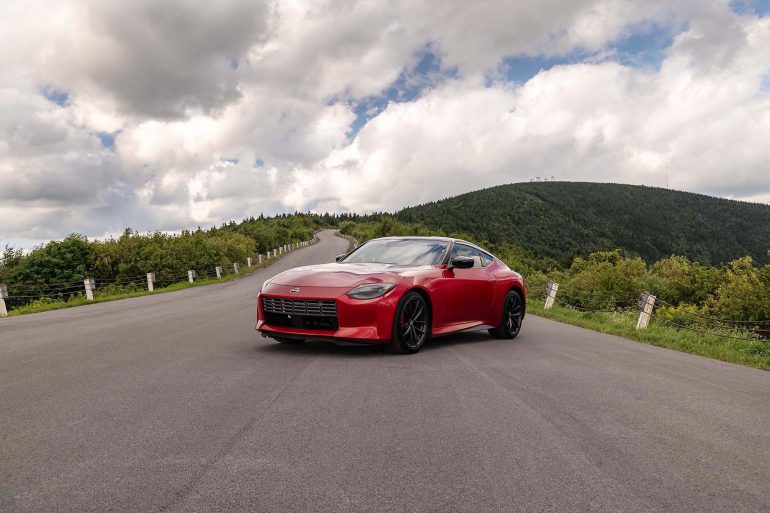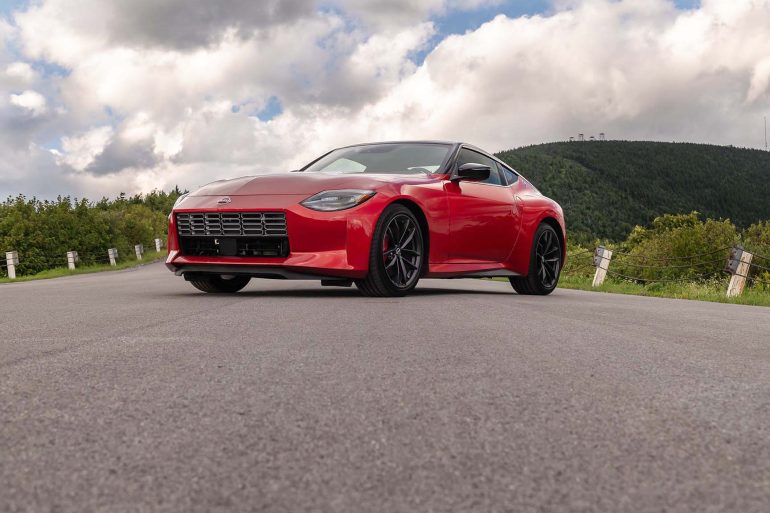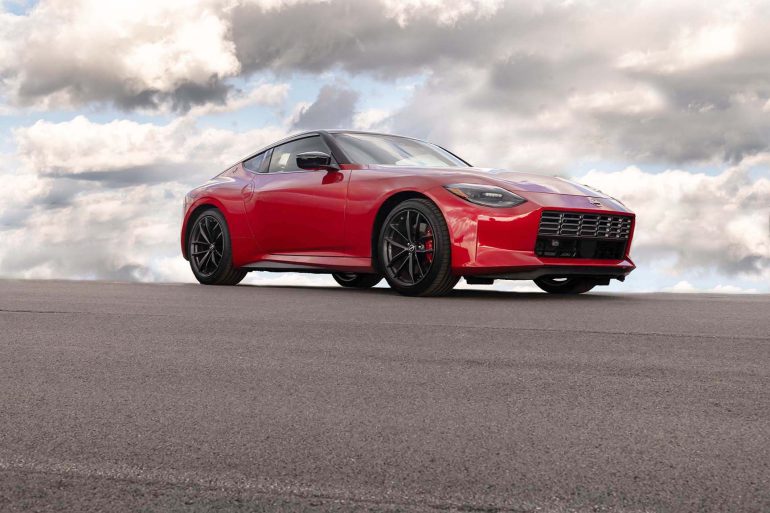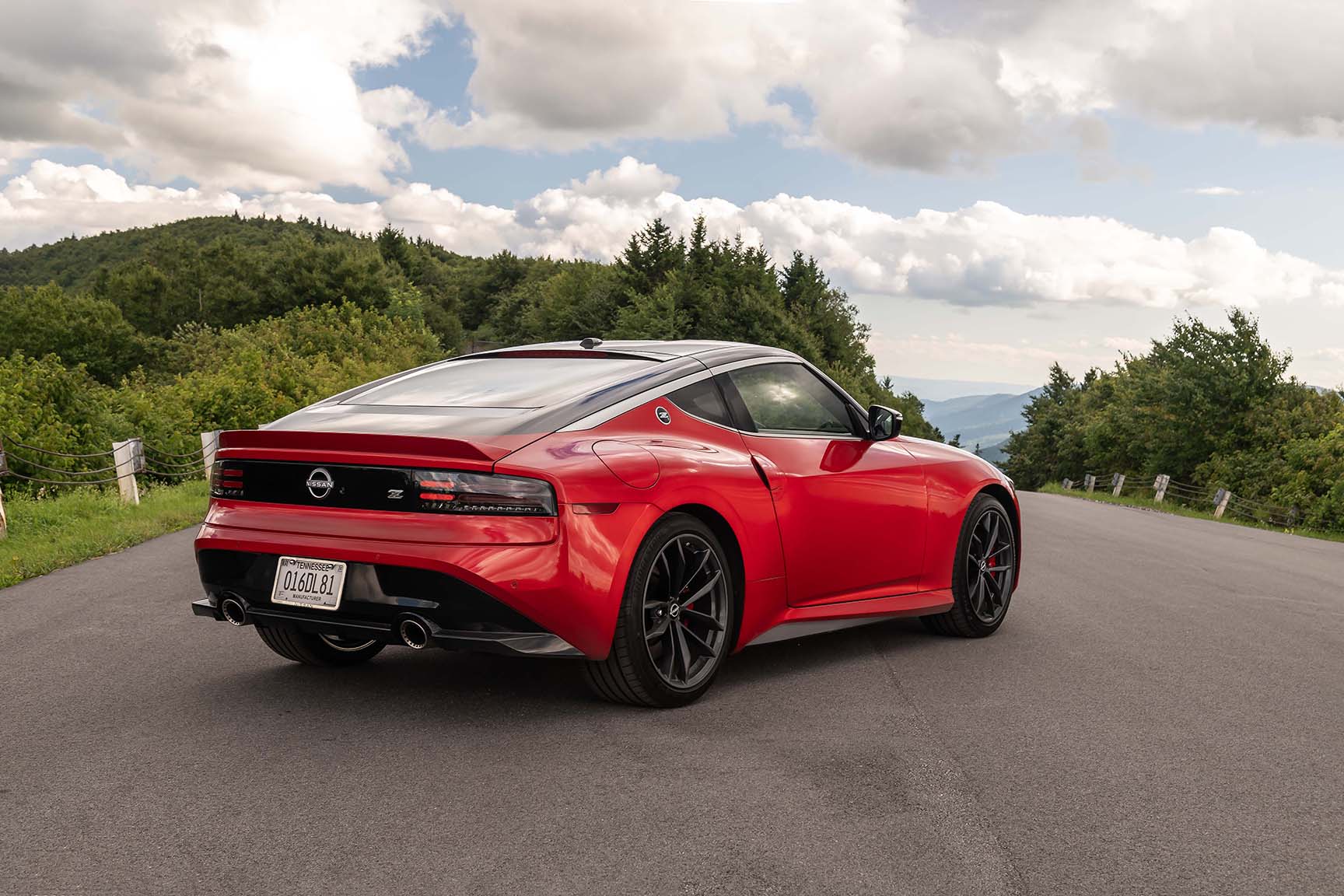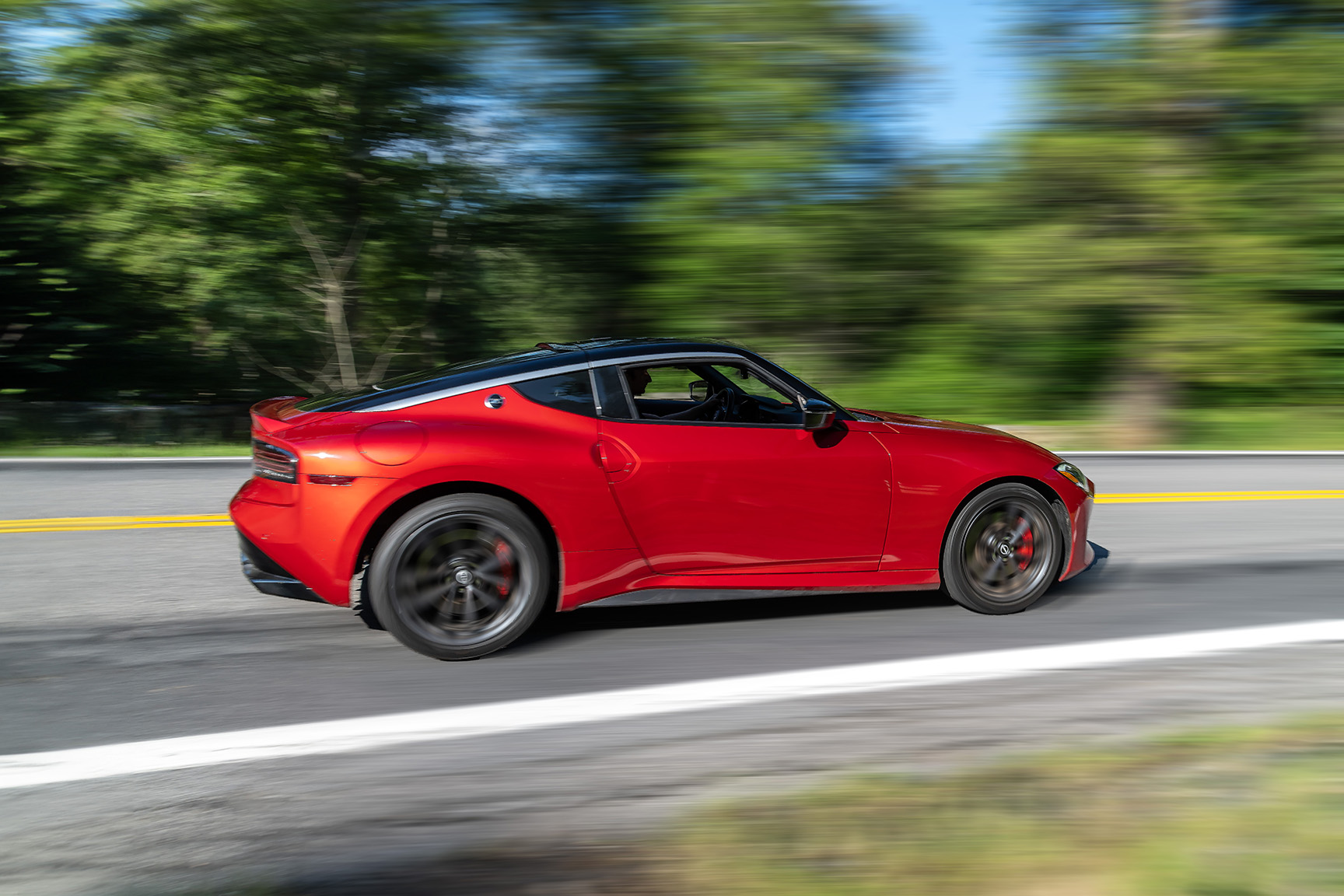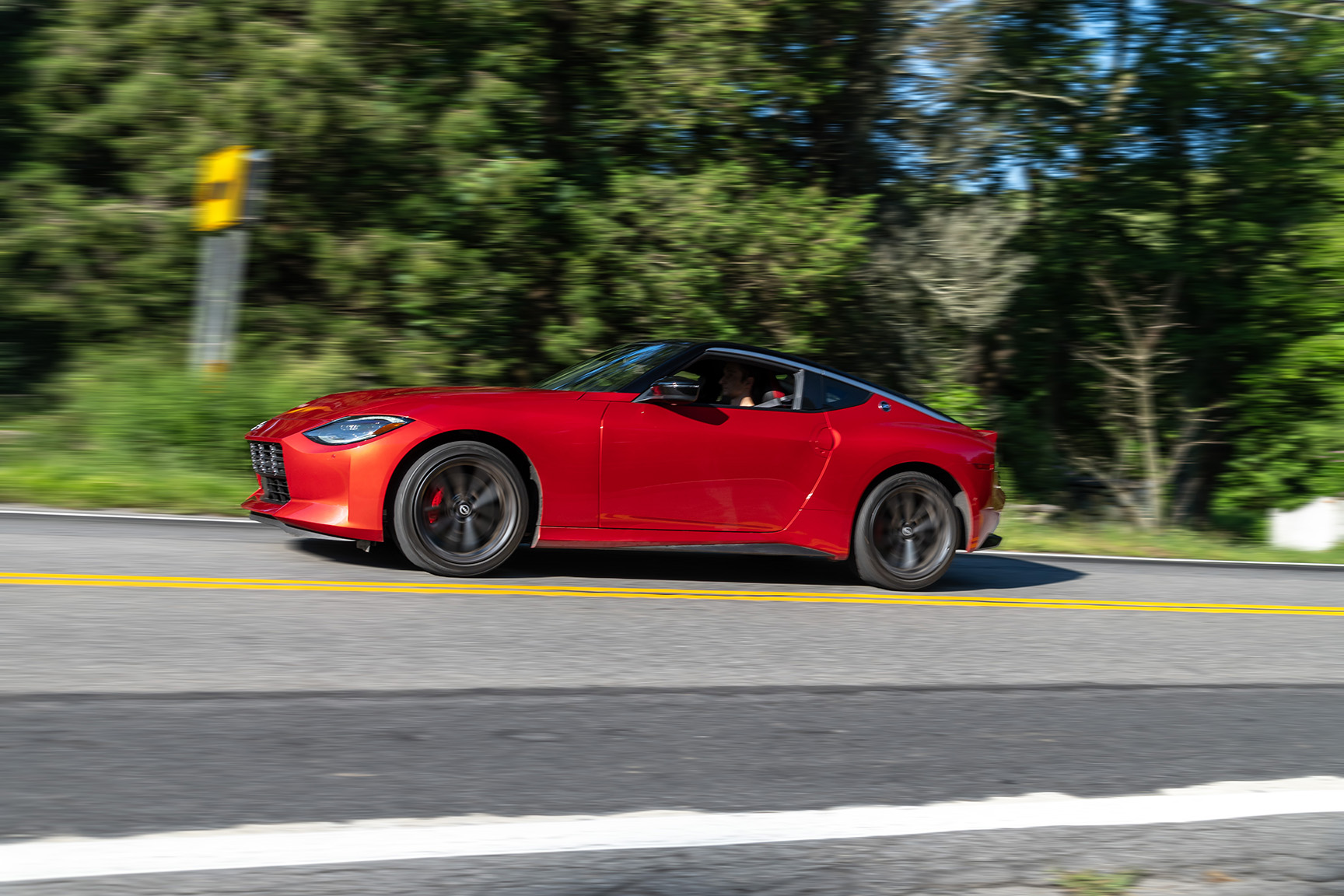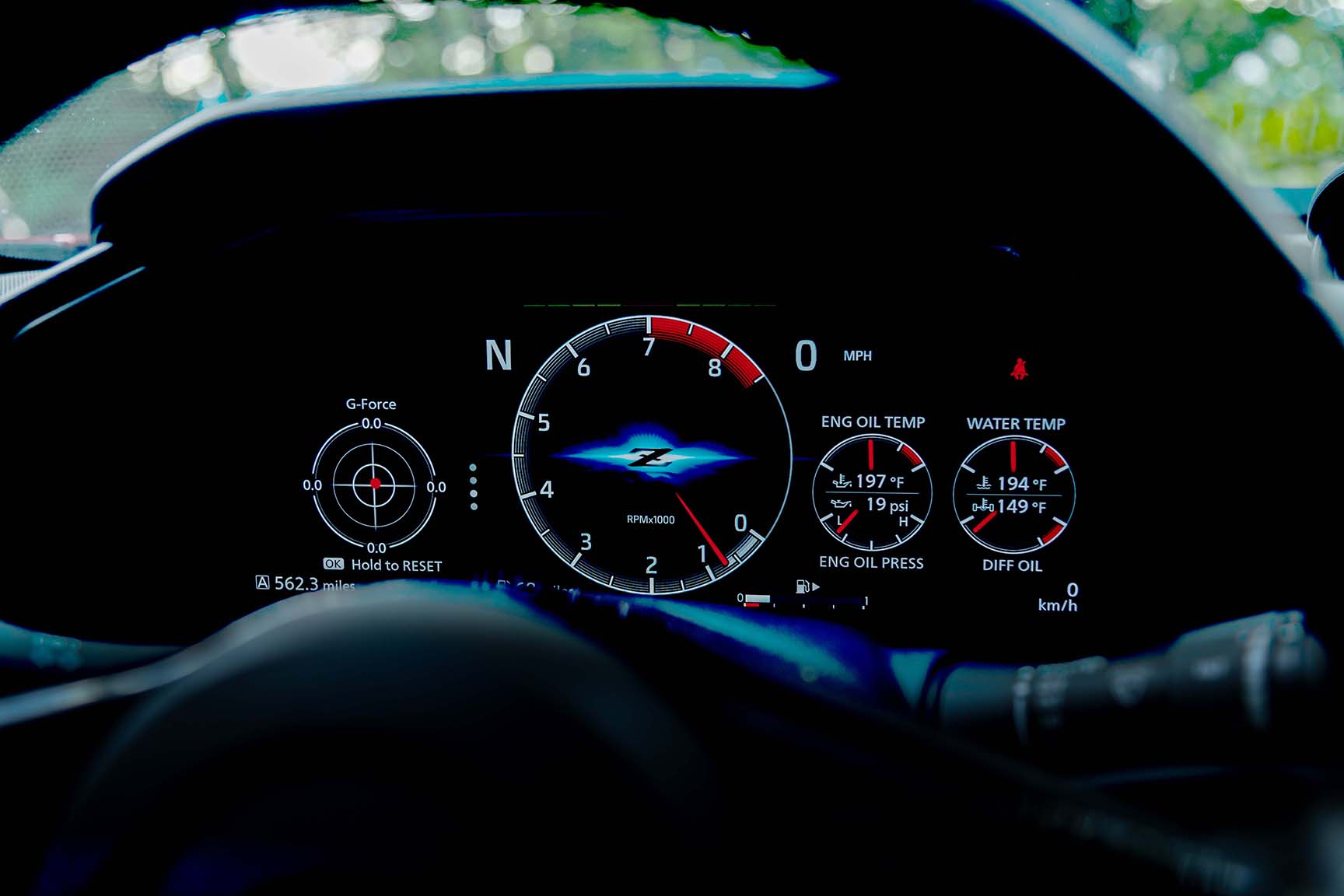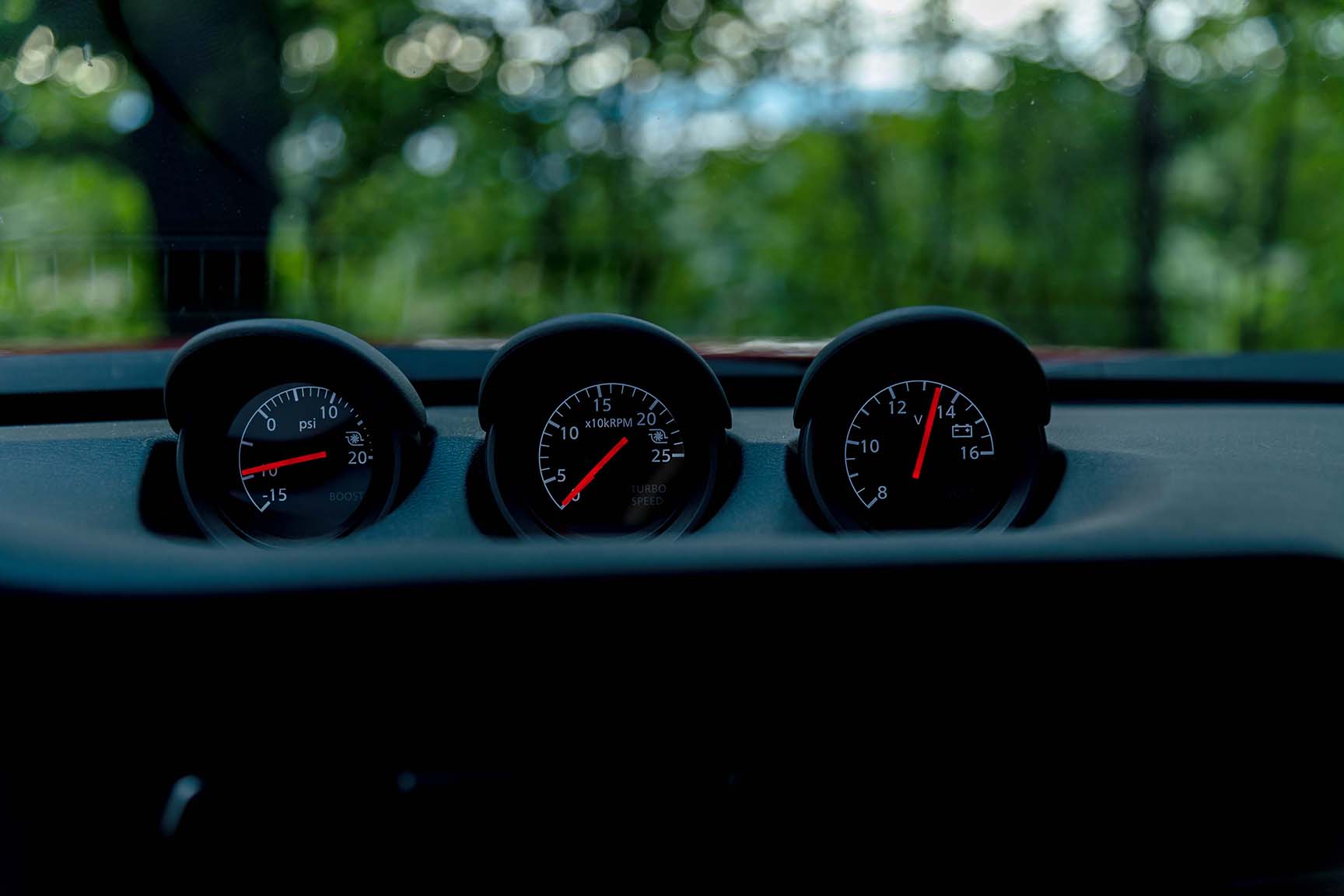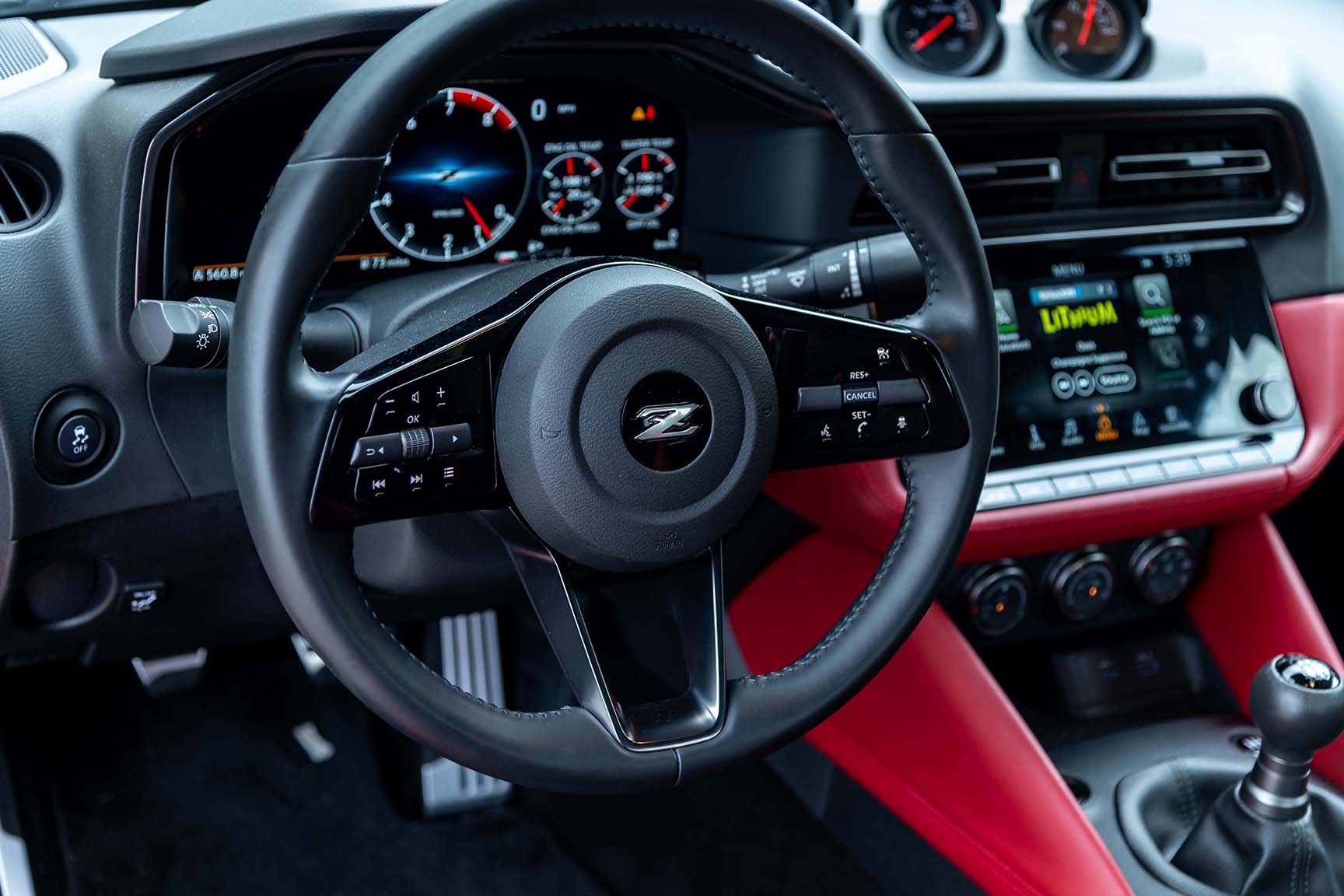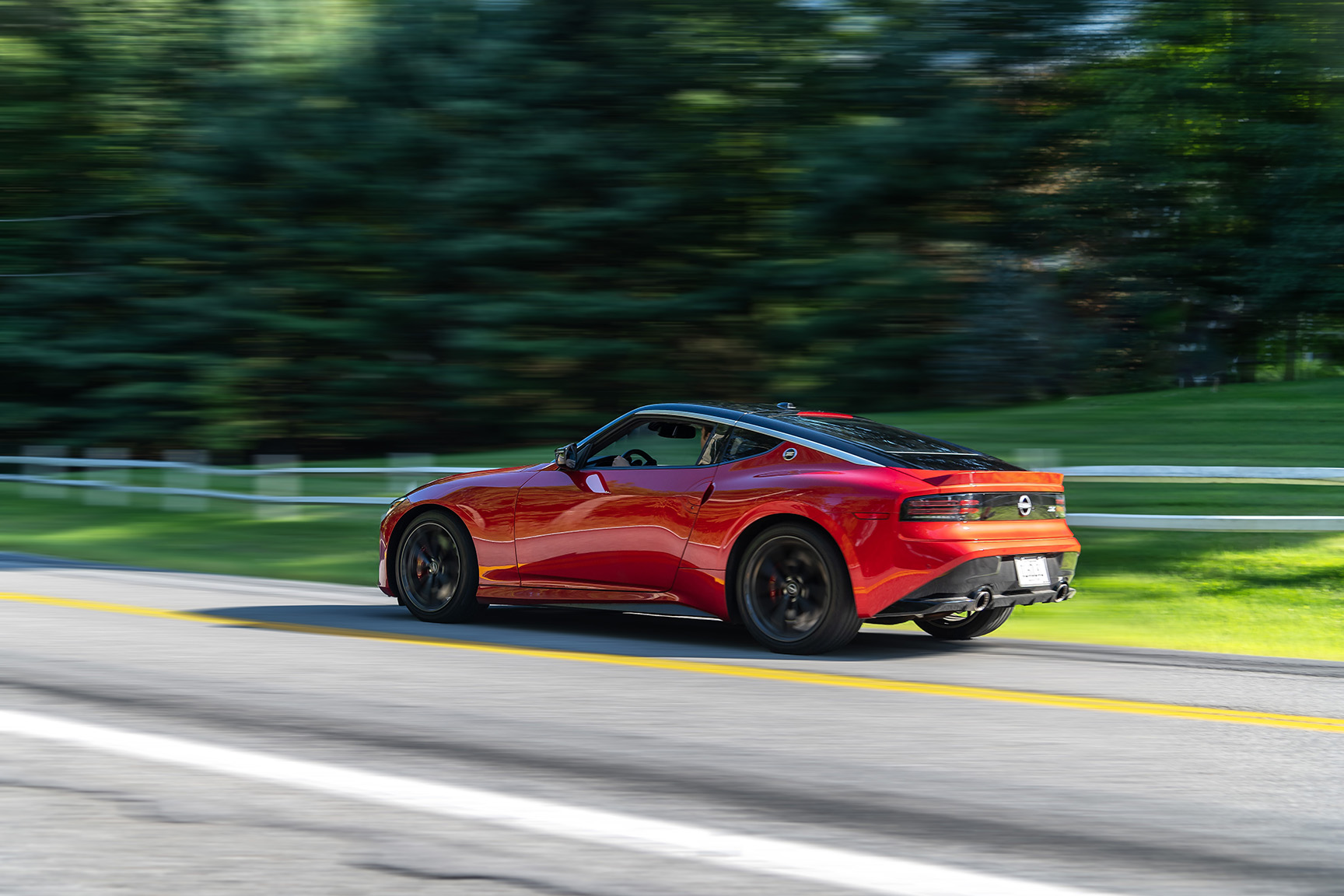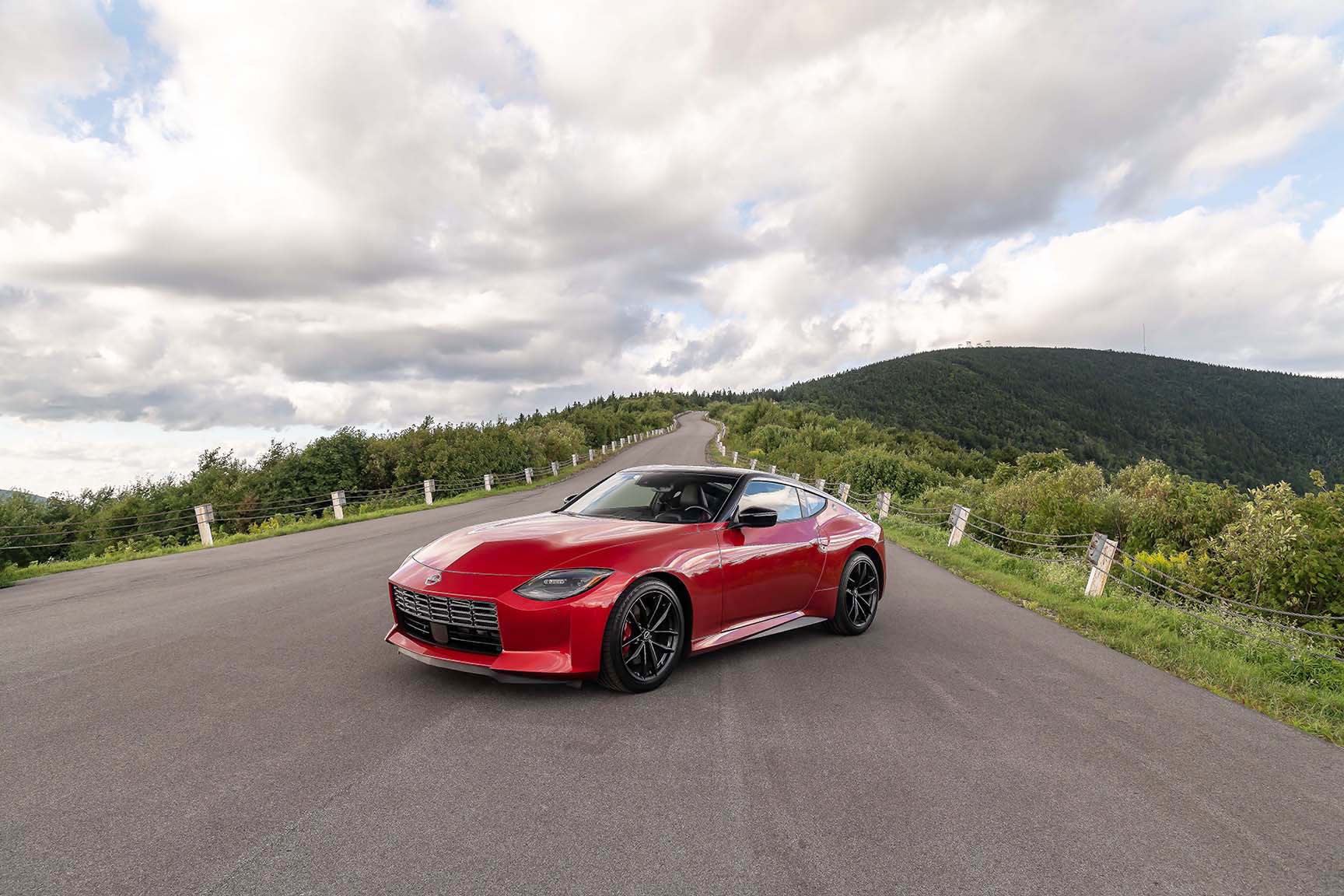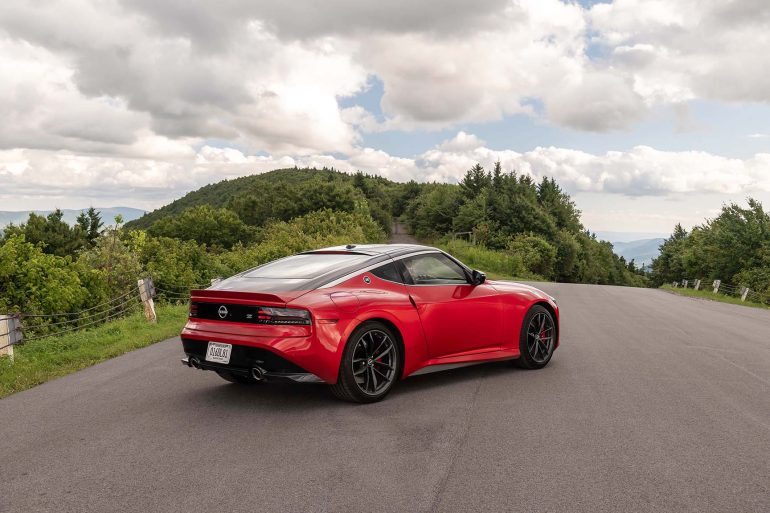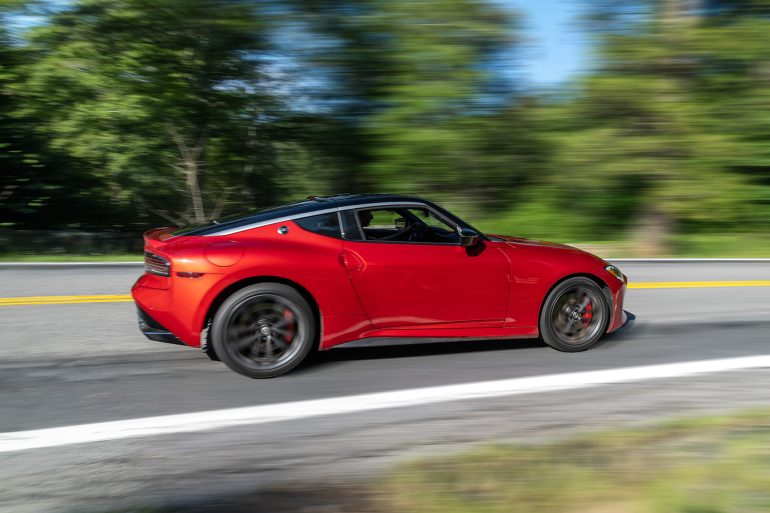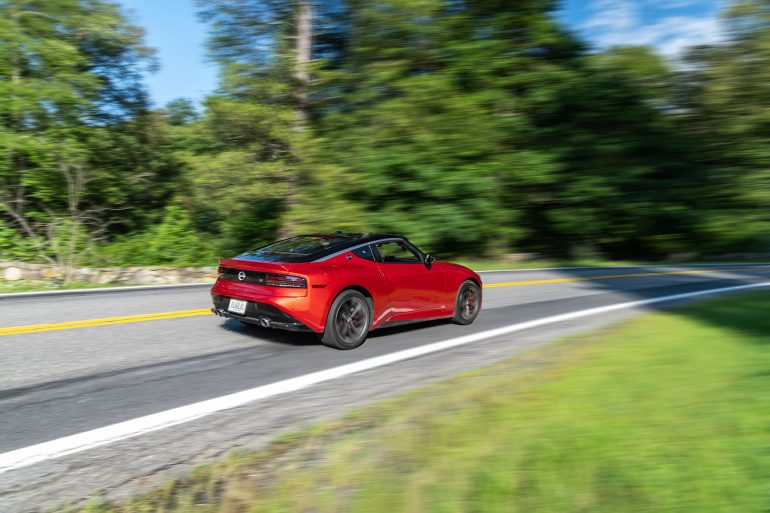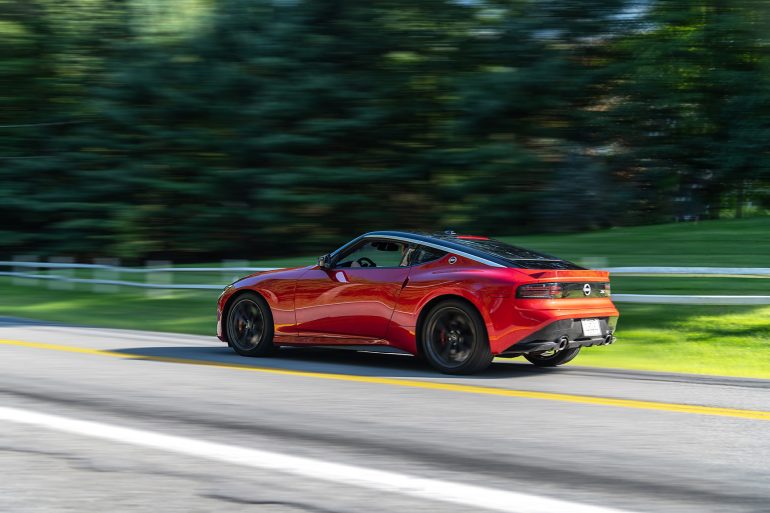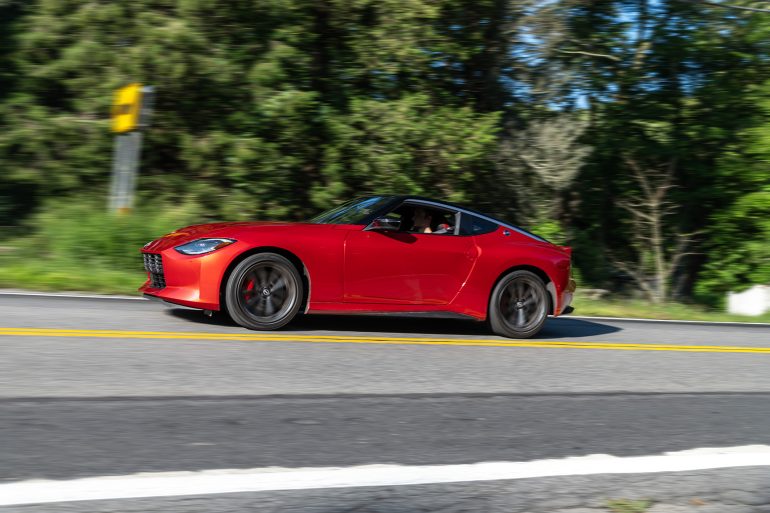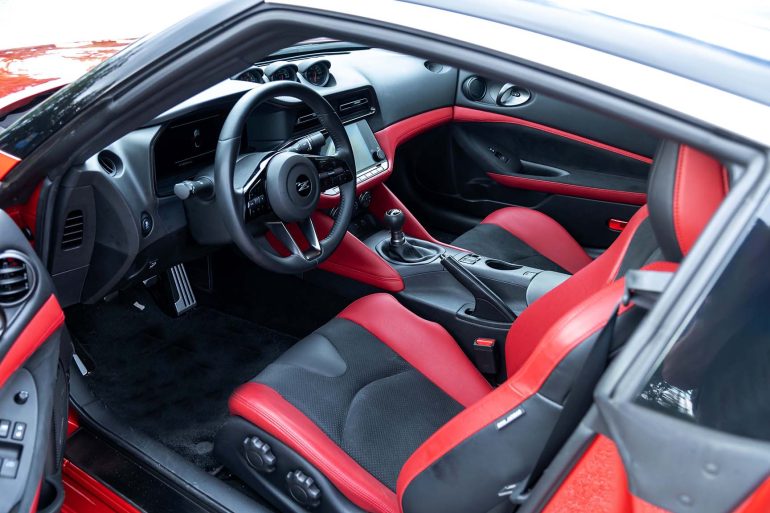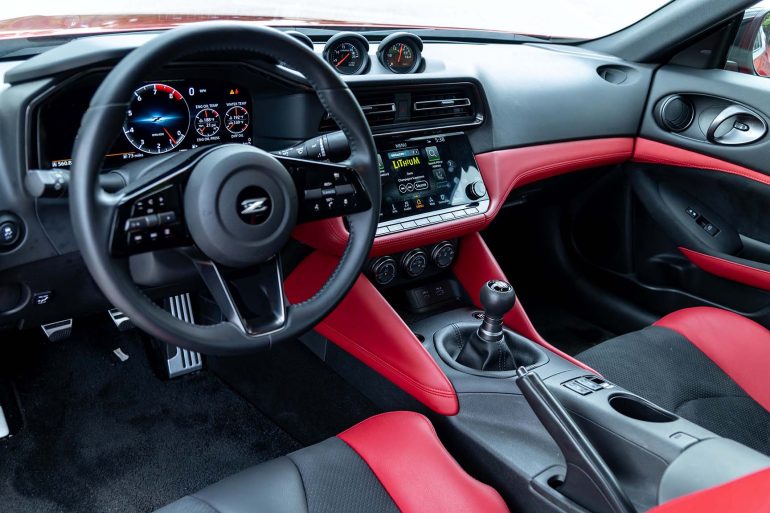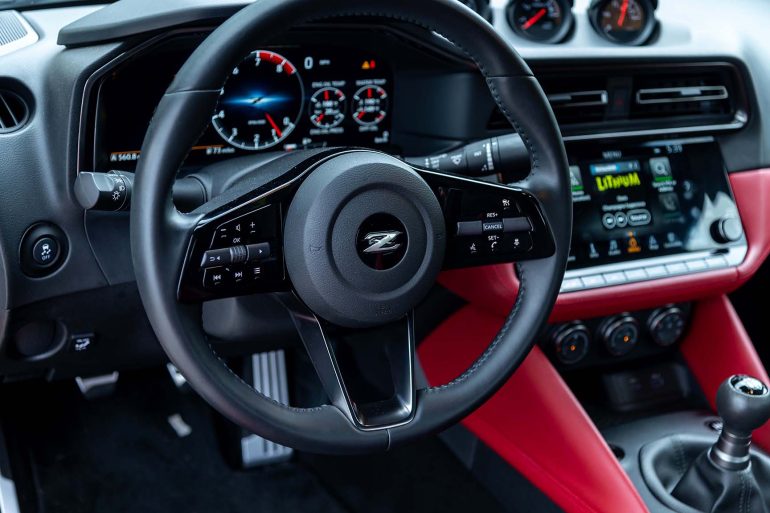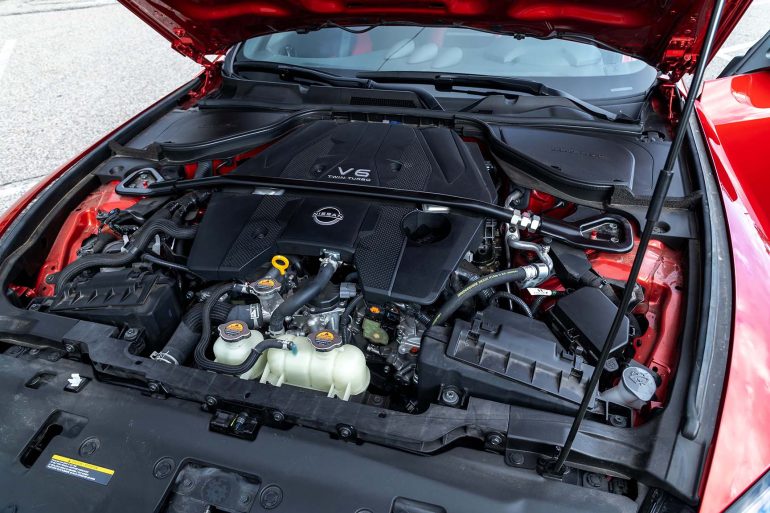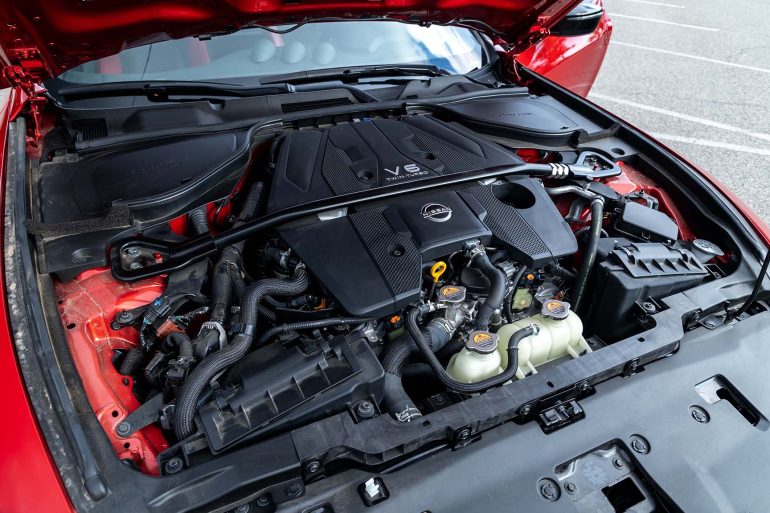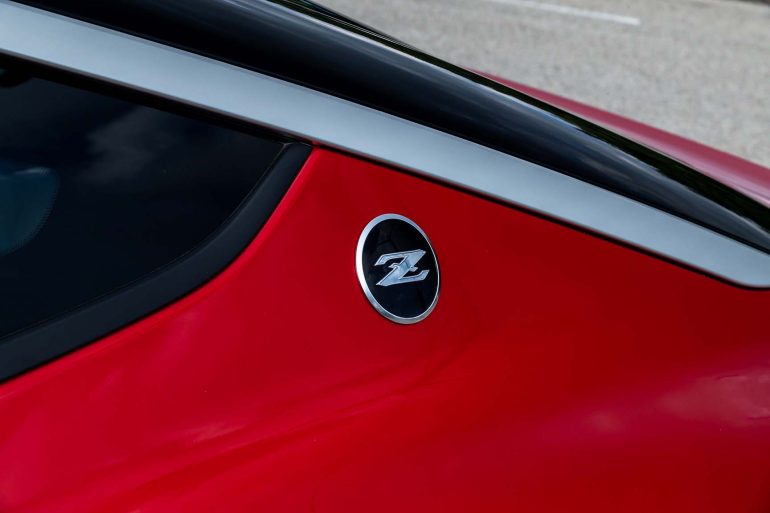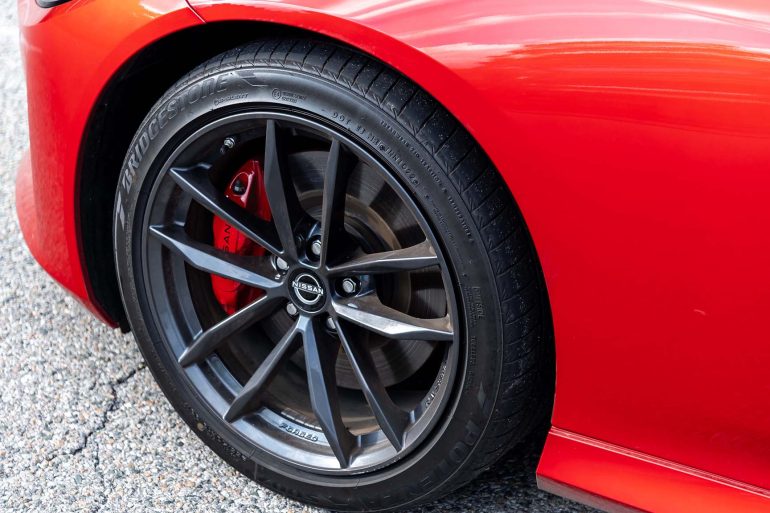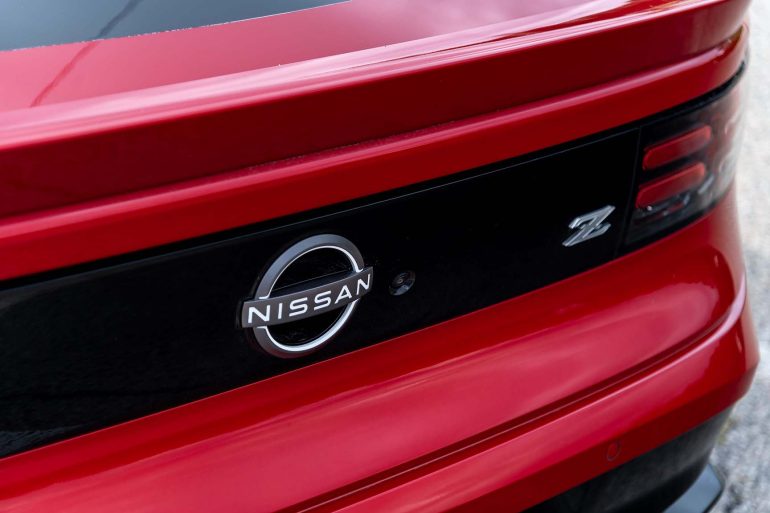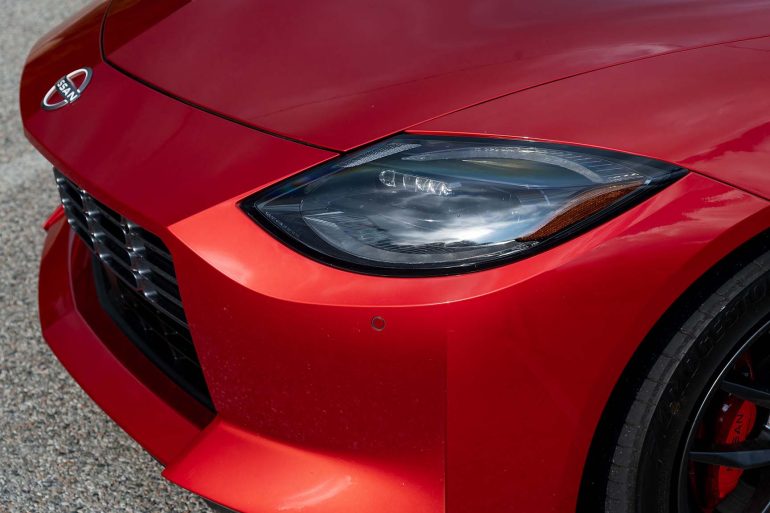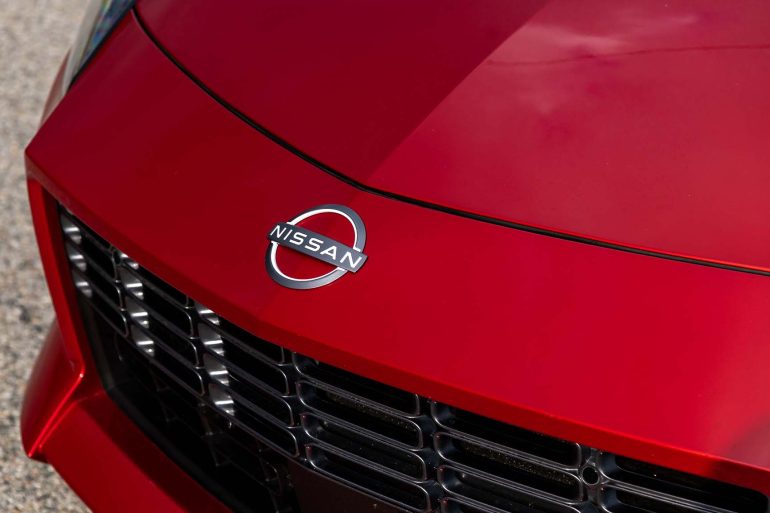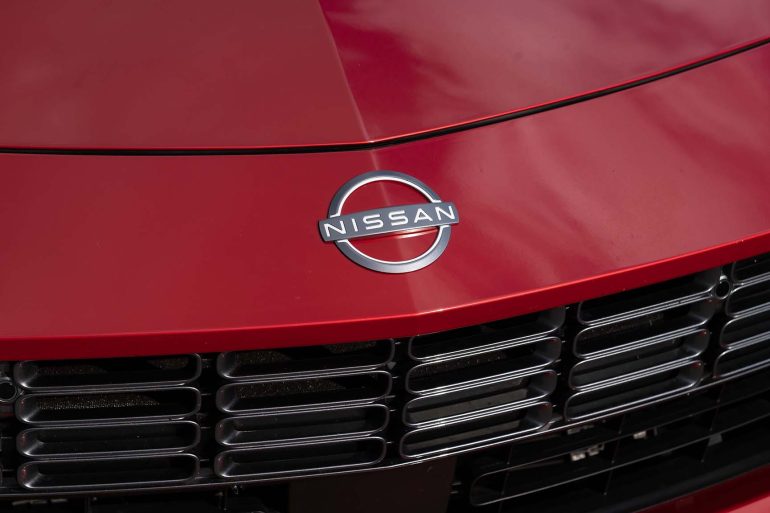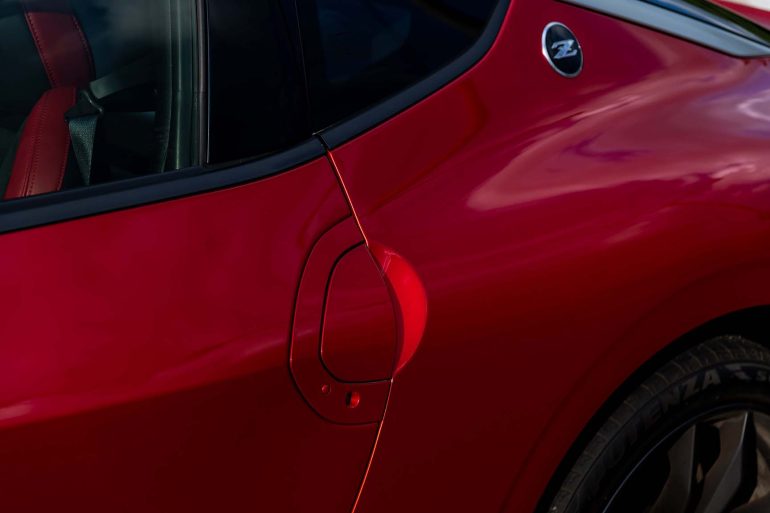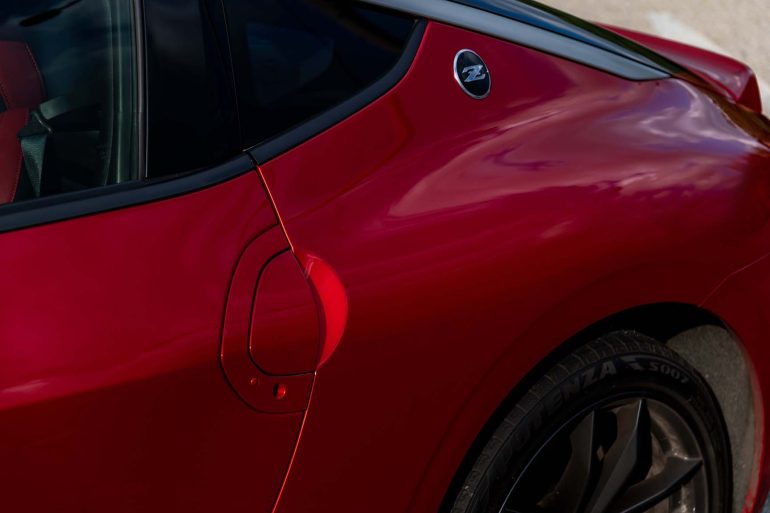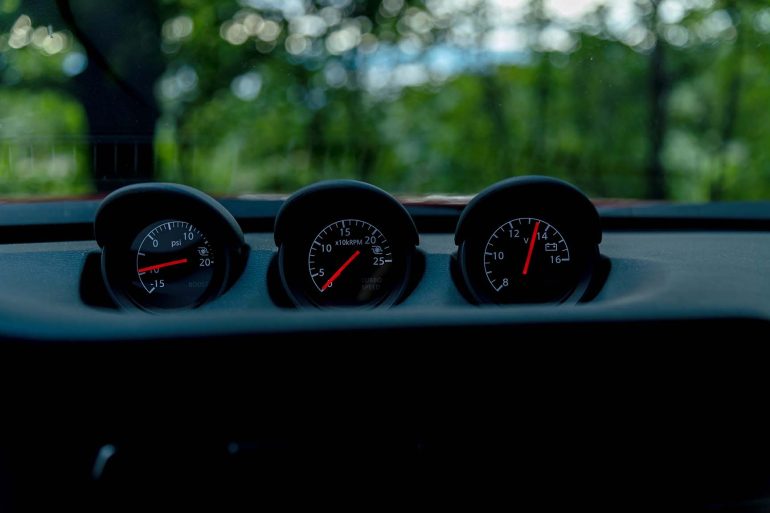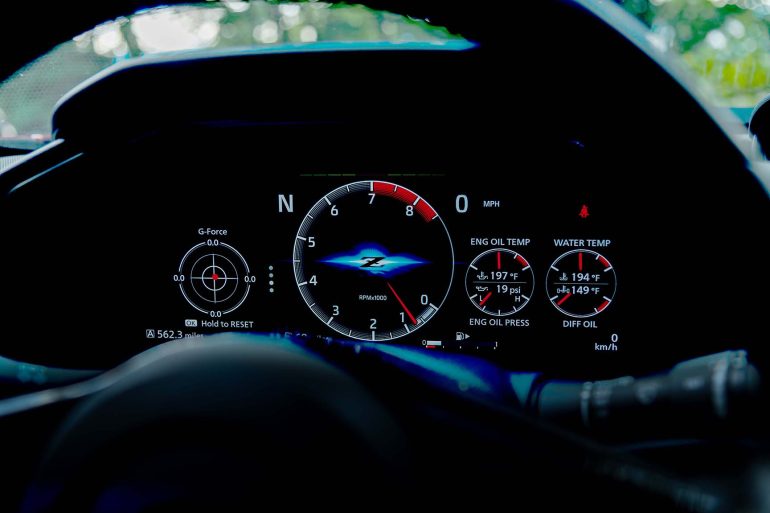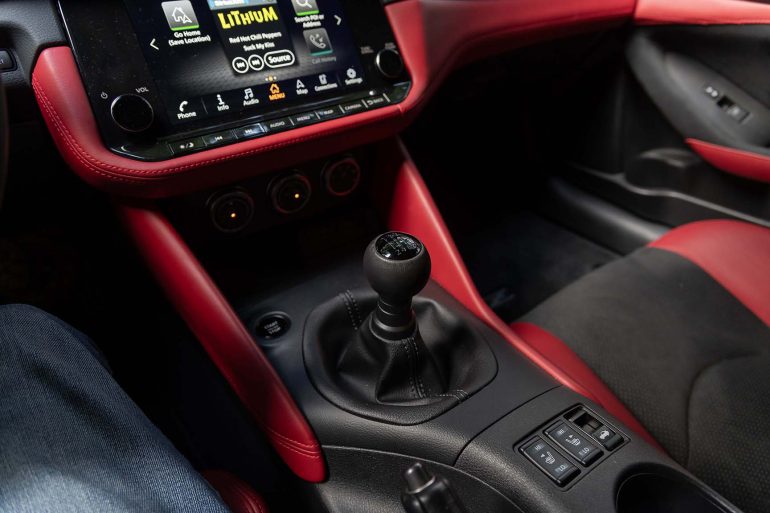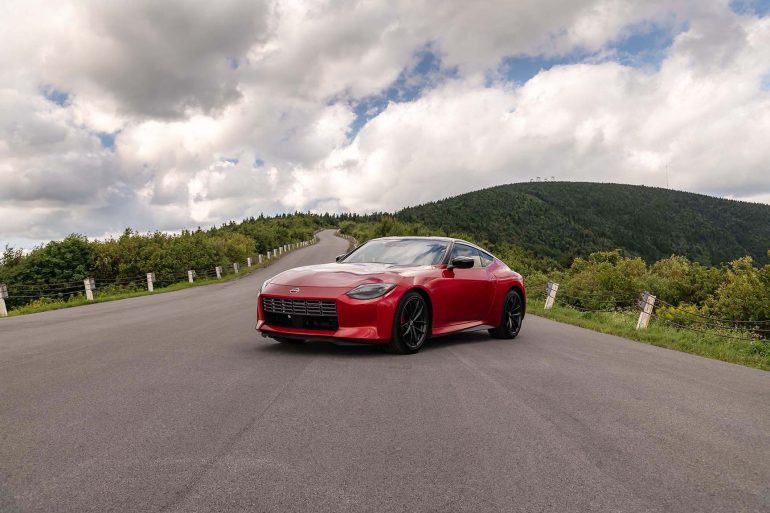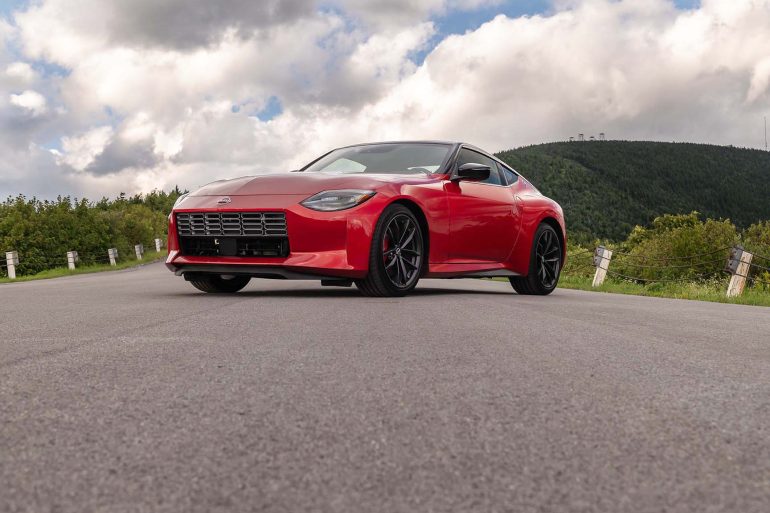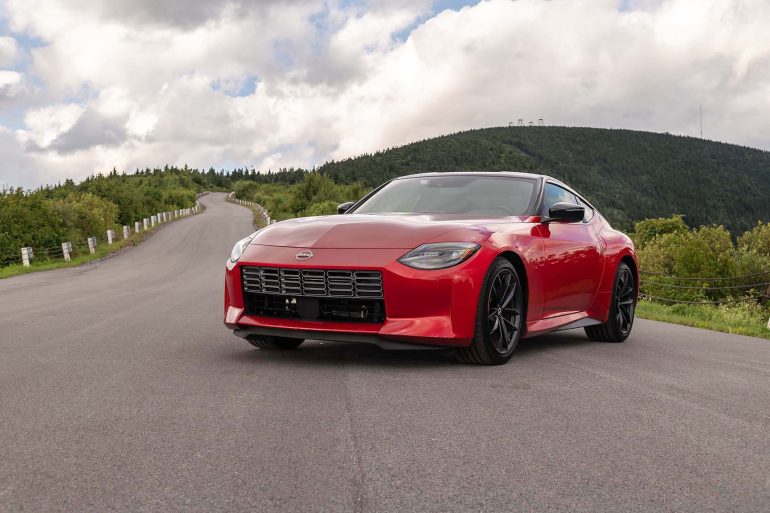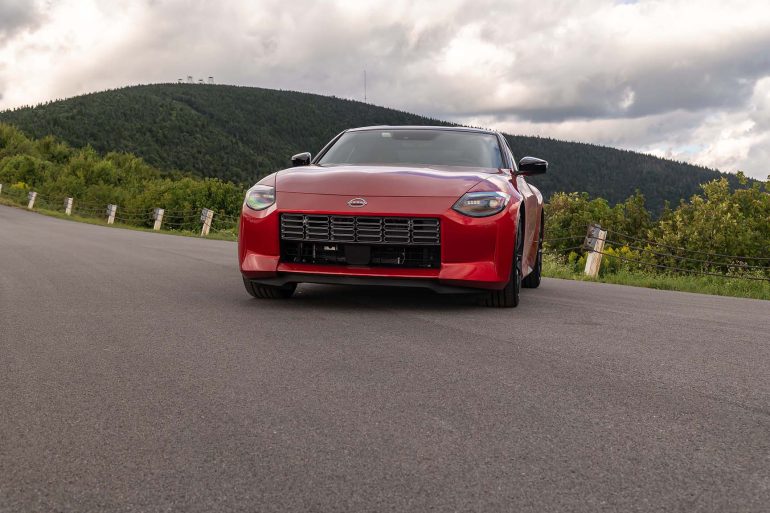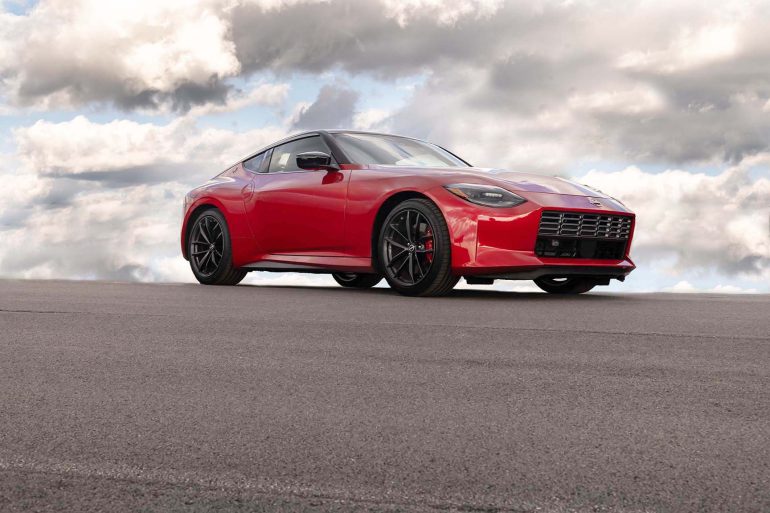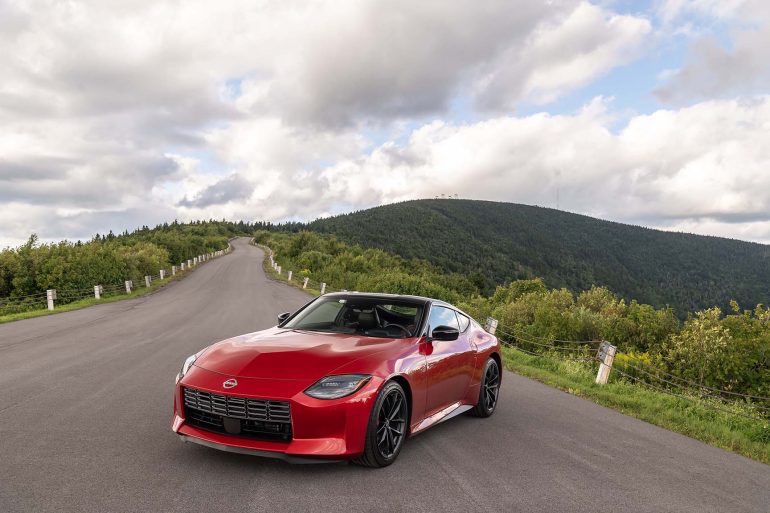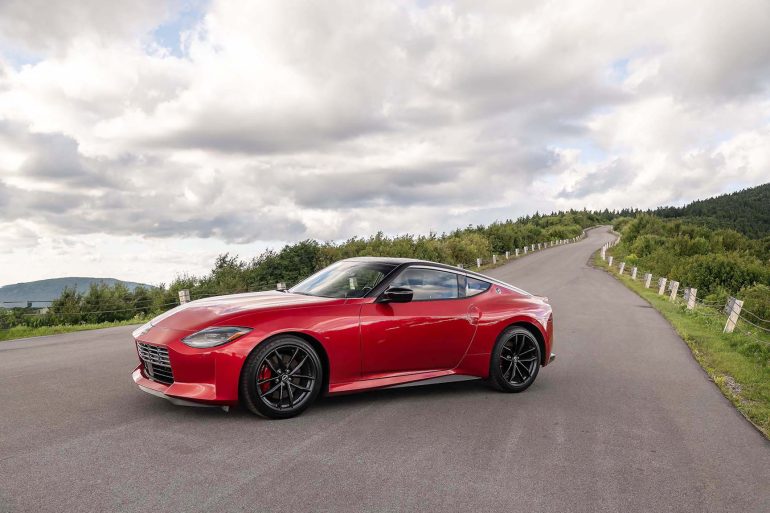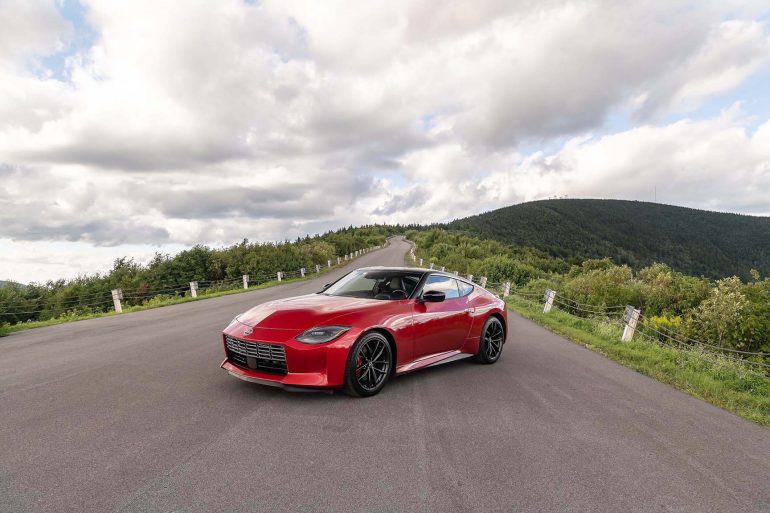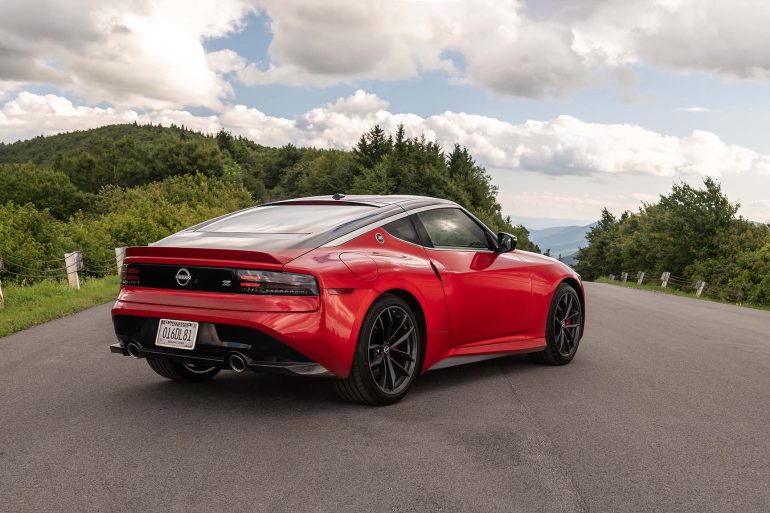In October of 1969, Datsun started production on the 240Z, a car that would change the face of sports cars forever. The 240Z was a response to Toyota’s 2000GT. A car that was proposed to Datsun by Yamaha but was passed on and ended up becoming a halo car for Toyota.
The 2000GT did not have the longevity of the Z but lives on in our hearts as a timeless beauty.
The first Z took the world by storm. It was the epitome of a Berlinetta. A two-door, two-seat sports car with a 2.4 liter straight six engine putting out 151 hp mated to a four-speed manual transmission. It had fully independent suspension and did 0-60 in around 8 seconds with a top speed of 125 mph.
Designed by Yoshihiko Matsuo and his team, but with a great deal of influence from Mr. K. Yutaka Katayama, it was a car envisioned to have the appeal of its European counterparts and, at the same time, match or out perform those more expensive rivals.
The 240 sold for four years and was replaced by the larger displacement 260Z. It had a revised interior, a reinforced chassis, and a rear anti-roll bar. There were several exterior details that separated the two models, like larger bumpers, new taillights, and a longer wheelbase. The 260 spent four years in the world market, while the US had it for only one year before moving on to the second generation 280Z.
The 280 Z went into production in 1979. The thought was to direct it more as a GT rather than a sports car. So it got bigger and heavier with an eye toward luxury instead of sportiness. The lines softened, And the suspension was tuned more for comfort than road feel. In a way, it was becoming Americanized, Offering a T-top like the Firebird and Corvette. It was also given taller gearing for fuel economy. In 1981, they pumped up the volume by adding a Turbo and bringing back some of the lost power.
In 1984 the third-generation 300ZX came in with an evolution of the original design. It was less curvacious and more squared off, but you could see the family resemblance. It also saw the straight six swapped for a V-6 for improved efficiency and weight distribution.
1990 saw a clean slate and an all-new Z. The Z32 300ZX was wider, had a longer wheelbase, and an exotic wind-cheating body. It was still a V6, but with adjustments, it was putting out 222 hp from a naturally aspirated engine. Then there was the twin-turbo that was throwing down 300 hp.
There weren’t many changes throughout its life, and its run in the US ended in 1996.
We had to wait until late 2002 to see the next Z on our shores: The 350Z. Nissan’s California design group designed the new car. It was offered in multiple levels, from the base up to a track version that utilized a limited slip diff, Brembo brakes, and an aerodynamic kit.
After that was the 370Z, which came in as a 2009 model. To my eyes, it was starting to look like a melted bar of soap. But it hung around for a long time. That model was finally retired by Nissan after more than a decade.
That’s a lot of background. But it has led to a return to the magic that was the original Datsun 240Z.
Like other famous entities with a single descriptor, the new Z no numbers, like Madonna or Brad, stands out as unique.
The new Z still relies on the chassis that lived underneath the 370Z, so the factory still refers to it as a Z34. But there is no mistaking it for the previous iteration. The Z takes styling cues from the original 240 and the later 300ZX to create a fresh but classic take on the genealogy on the line.
There is still that beautiful long hood flowing into a racked back windshield, then the low fastback roofline leading to an abbreviated rear end with a subtle spoiler. The front harkens back to a 240 with its bumper removed for track use. The faired-in headlights recall a special version of the 240 known as the G Nose, and the bulging fenders have a track-centric shape to accommodate the proper size sneakers to take on a road course.
In the cabin, you are given your information with a series of digital screens that give you everything from RPMs and MPHs to what kind of Gs you are pulling.
There is also a tip of the hat to the original with a trio of analog gauges on top of the dash, giving you updates on turbo boost, turbine speed, and voltage.
You sit low like you would in any proper competition car and are held in place by extremely comfortable, well-shaped seats. There are even padded knee bolsters. So when there is some spirited driving, you are kept in place, and nothing gets banged around. Then there is the six-speed manual transmission.
Trust me, it’s the only way to go. You will want to shift the Z and not let a computer do it for you. It is beautifully weighted for a direct feel with plenty of control. It makes you want to change gears as much as possible. At the same time, the direct injection twin-turbo V6 puts out 400HP and a very usable 350 ft-lbs of torque between 1,600 -5,200 rpm to the rear wheels, so just put your foot down in almost any gear, and the Z does the rest.
Double-wishbone aluminum-alloy front suspension with diecast aluminum-alloy subframe make up the front, while a Multi-link aluminum-alloy suspension does the work out back. It is a perfect balance of not too hard or soft. You can drive for hours and get out, not feel bruised and beaten, but you can still drive hard into a turn with minimal body roll.
The speed-sensitive electric power steering is nicely weighted at speed and doesn’t feel boosted. It’s very predictable, so you can place the Z right where you want it. The brakes do an excellent job, and you don’t feel anything in the way of fade after putting them to good use. A different tire combination just might make it even better and help you post higher numbers on the G meter.
The Z does everything a true sports car should do. Yes, it has plenty of tech, but it has purity of purpose, and that is to take one or two people on an odyssey for the joy of driving.
Like the 911 and Morgan, over the years, there have been incremental refinements to the Z. Some might have hoped for more, but it is a very solid package nonetheless.
There have been design changes, some good, some bad, but they have stayed true in some way to the original. A connection in the DNA to the progenitor.
The Z honors the 240 while keeping up with the times. The Z is a car for its time and a damn good one at that.


